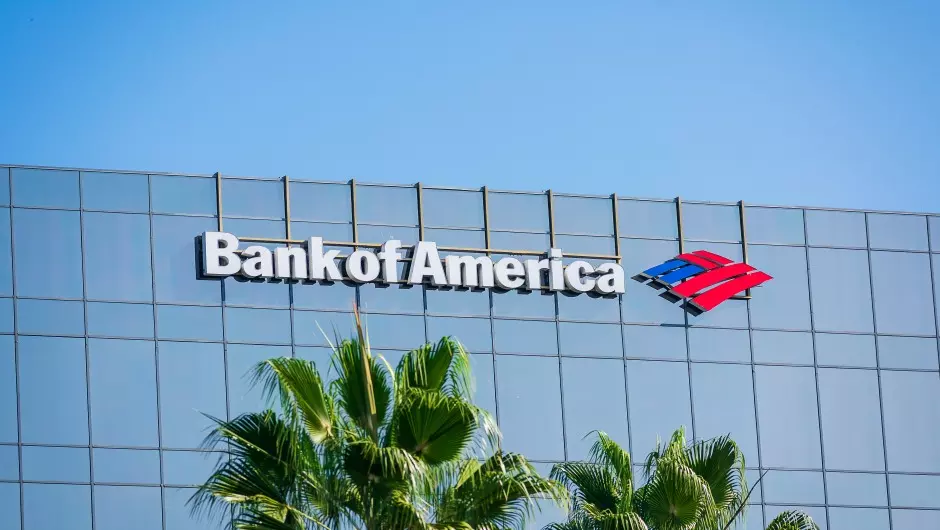Corporates draw down $37bn in loans to tackle supply chain disruptions, inflation

Building inventory amid supply chain issues and surging input costs, corporate clients at top US banks drew down loans at the fastest rate since the first wave of the pandemic
Squeezed by surging demand and supply chain bottlenecks, treasurers are using bank loan facilities to finance expansions of inventory, and purchases of increasingly costly raw materials.
Turning to loans
In the initial stage of the pandemic, companies drew down on loan facilities and then rapidly paid them back as they pivoted to debt and equity capital markets to maintain high levels of liquidity. Now, corporate clients of the top US banks including JP Morgan, Bank of America, Citigroup and Wells Fargo are shifting back to loans as they drew down $36.58 billion from bank facilities in the final quarter of 2021, taking the total advances to $1.42 trillion, highest in the last six quarters.
JP Morgan saw its corporate clients draw down $12.5 billion from loan facilities, as its total outstanding loans stood at $418.6 billion at the end fourth quarter, 3.08% higher than the previous quarter.
“In terms of C&I [corporate & institutions] loan growth, we are seeing an uptick in revolver utilization rates, especially in the commercial bank and it remains sort of skewed to the smaller clients but we are starting to see an uptick in that, actually, even in the bigger clients.” said Jeremy Barnum, CFO at JPMorgan during January 14th earnings call.
Corporations already running low on inventory due to supply chain issues have been forward buying inventory to ensure smooth manufacturing operations while going into 2022. Further toppled with extortionate prices of goods and raw materials, this makes building extra inventory even more costly.
!function(){“use strict”;window.addEventListener(“message”,(function(e){if(void 0!==e.data[“datawrapper-height”]){var t=document.querySelectorAll(“iframe”);for(var a in e.data[“datawrapper-height”])for(var r=0;r<t.length;r++){if(t[r].contentWindow===e.source)t[r].style.height=e.data["datawrapper-height"][a]+"px"}}}))}();
Barnum suggests this is the reason for higher utilization of revolvers and loan facilities by corporates. “One of the things I’ve heard from the folks who run those businesses is that one driver of that is CEOs and management teams, who’ve been burned by low inventory levels as a result of the supply chain problems, wanting to run higher inventories” Barnum continued.
From Industrial conglomerates like Honeywell, General Electric and 3M to US retail companies like Walmart, Amazon and Home depot, all reported record levels of inventory in the third quarter, as previously reported by EuroFinance.
Bank of America followed suit with a $13.89 billion increase in loans to $338.6 billion during the fourth quarter, 4.3% higher than the previous quarter.
Within its portfolio, average loans and leases to US commercial clients increased by $9 billion, or 4.8% to $196 billion and to non-US commercial clients jumped to $75.6 billion in Q4 from $71.6 billion in the previous quarter.
“The growth in loans was broad based across our businesses. This was particularly true with our commercial clients, where we saw improved utilizations from existing clients, and new loan growth coming from both existing and new clients.” a spokesperson for Bank of America told EuroFinance.
Wells Fargo also saw its loans outstanding to corporate clients expand to $271.9 billion in the fourth quarter, $14.7 billion or 5.71% higher than the previous quarter.
“Inventories remained unusually lean as businesses adopted a defensive posture and supply chains have been disrupted. This is expected to result in substantial gains in industrial production as they continue to restock. We’re beginning to see loan growth and expect this to continue.” Charlie Scharf, CEO at Wells Fargo during the fourth quarter earnings call.
On the contrary, Citibank, which recorded outstanding loans within its ICG division (Institutional Clients Group) cross the $400 billion mark last quarter, saw a fall of $4.5 billion or 1.1% to $396.5 billion in Q4.
Rising Deposits
As corporations increased their loan utilization, they also continued to expand their deposits with the four US banks to $2.42 trillion at the end of the fourth quarter of 2021.
The surge was led by Bank of America, as corporate clients deposited an additional $26 billion in the final quarter, taking the deposit base to $562 billion, 4.8% higher than the previous quarter. JP Morgan recorded a 2.6% or $26 billion increase as corporate deposits further expanded in the trillion dollar territory on its balance sheet to $1.04 trillion during the same time period.
Citigroup bucked the trend as corporates slashed $40 billion in deposits at the bank, taking the metric to $636 billion in Q4, lowest in six quarters.
Spokesperson at Citigroup didn’t respond to a request for comment.
!function(){“use strict”;window.addEventListener(“message”,(function(e){if(void 0!==e.data[“datawrapper-height”]){var t=document.querySelectorAll(“iframe”);for(var a in e.data[“datawrapper-height”])for(var r=0;r<t.length;r++){if(t[r].contentWindow===e.source)t[r].style.height=e.data["datawrapper-height"][a]+"px"}}}))}();